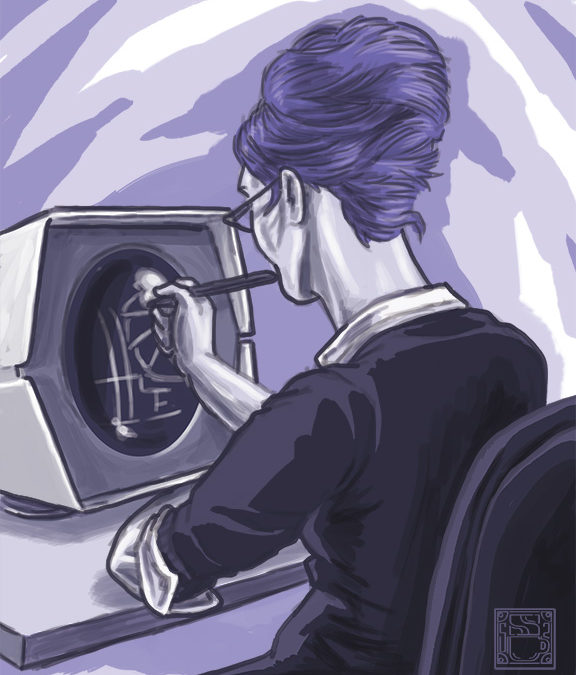If CAD were a person its parents would have been Patrick Hanratty and Ivan Sutherland. Hanratty was a computer scientist working for GE in 1957 when he helped develop Pronto (Program for Numerical Tooling Operations), the first commercial CNC programming system. CNC programming software is used to create the coding that runs machine tools that are run via computer. Sutherland would write a Ph.D. thesis 5 years later titled, “Sketchpad, A Man-Machine Graphical Communication System.” His system included the first GUI (graphical user interface) and used a light pen to manipulate objects displace on a CRT display. Essentially this was the first mouse and cursor ever conceived and it made designing by computer a lot easier.
Despite all the advances made throughout the 60s, the software systems were only able to create 2D designs. It wasn’t until the 1970s that things moved into the realm of 3D design. By the 1980s commercial CAD systems were being used in the aerospace, automotive, and industrial sectors, as well as being used for architecture and large scale structural engineering. Fazlur Rahman Khan, the subject of our last entry was a big advocate for the use of CAD systems. Standards were set when the advent of AutoCAD which was the first program for the PC market, the goal of the program was to deliver 80% of the functions of other CAD systems but to do it for 20% of the cost.
CAD today is used in modeling, designing, analysis, and management of any number of products and structures; it’s used in everything from designing home appliances to building baseball stadiums. As technology moves forward we are beginning to see an integration of things like 3D printing, allowing for the design, engineering, and near instant manufacture of things as small as machine parts to as large as actual buildings. The future certainly looks bright for Computer Aided Design.

